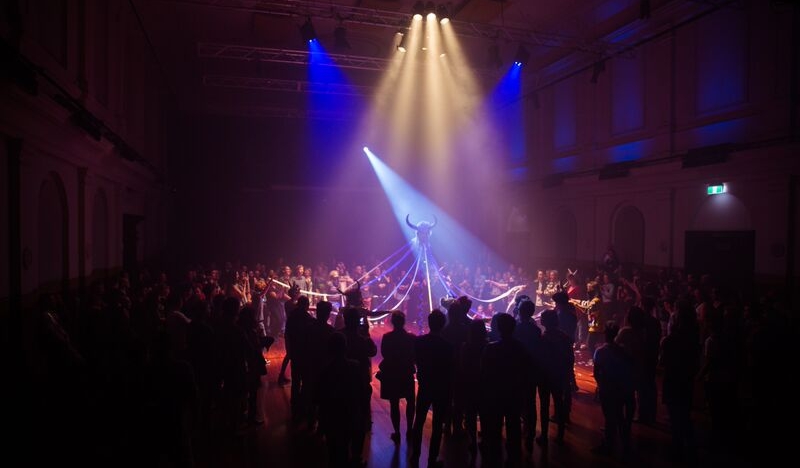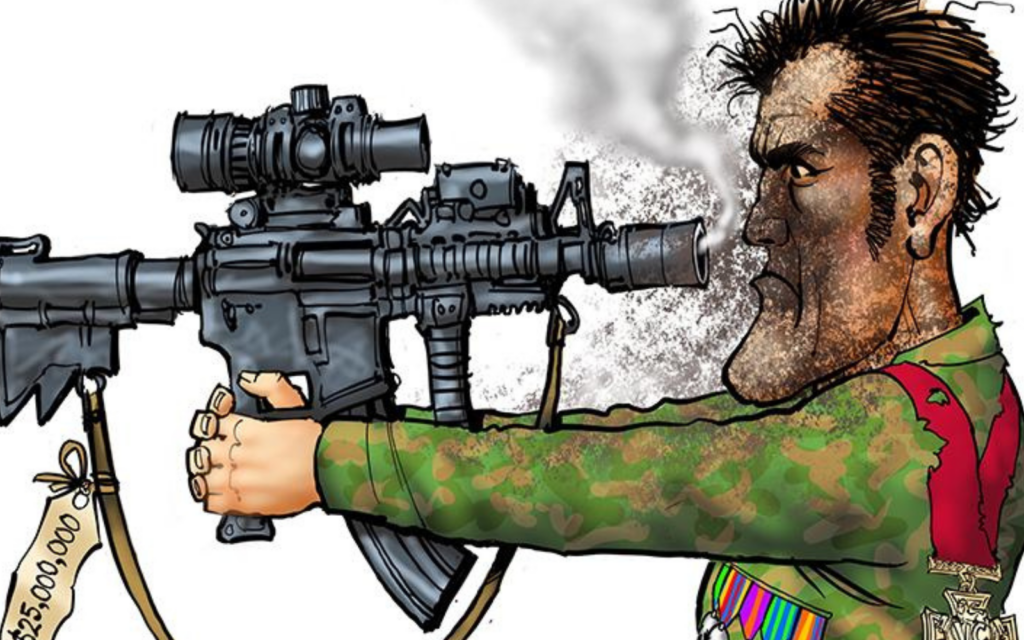Although the show features hits from international artists including Sia, Jessie J, Lorde, Beyonce, Bruno Mars, J-Lo and Rihanna, the focus of Ballet Revolución’s performance is on Cuban and Latin-American dance. What does Perez think are the most important influences on Cuban dance? “Cuban dance is on a continuous feedback as dancers are influenced by foreign dances, making ours richer,” he answers. “Cuba is a tropical joyful, colourful and spirited country with typical dances deeply rooted on Spain and Africa. The world evolves and the dance with it, so we must keep the cultural exchange with other cultures and idiosyncrasies to keep our dance up to date and in tune with the rest of the world while keeping our roots.”
What does Perez see as the ‘most Cuban’ aspects of Ballet Revolución? What does the show inform international audiences about Cuba? “The dancers create a vivid portrait of their most Cuban aspects, their abilities, resistance, joy, strength are part of Cuban idiosyncrasy; put all that together on stage and there is an explosion of energy and liveliness. There are numbers like El Panadero and Mambo, with very authentic Cuban music. No matter that we have a lot of international hits in the show; the fact of it being created in Cuba with a full Cuban cast makes it an authentic product of our country.”
How does Perez see Cuban dance evolving? “There are excellent art schools in Cuba that provide a very good foundation for the future artist. We need the continued exchange with other cultures because this brings in new rhythms, new moves and styles, new chorographic challenges. All of this contributes to the evolution of our dance and makes dancers train and prepare a lot better to keep up with the ever changing demands of stage performance. Ballet Revolución is a great example of how our country pursues a top place in this evolution. New dance companies of all styles have been created, contemporary, folklore, some even have newer styles like break dance and hip hop. There are dance events and exchanges with foreign companies which is good for our feedback, and there is more fusion, that helps to create more new, modern movements. We have more chances to work, learn and exchange with foreign choreographers and dancers.”
Like most of the cast mates Perez trained at the Escuela Nacional de Arte and went on to work with some of Cuba’s most renowned dance companies such as Conjunto Folclórico Nacional, Rakatán and Danzares. With Danzares, he toured to the Danzón Festival in Italy in 2009 and the Latin-American Salsa Festival in 2009 and 2010, as well as to Italy and Switzerland in 2010 as part of the company´s winter tour. When he’s not on stage himself, who does Perez love to see dance? “I particularly love to see the work of Wim Vandekeybus and the Nederlands Dans Theater company as well as Tamara Rojo, Carlos Acosta, Yanis Marshall, Viengsay Valdes. I love all types of dance and really enjoy neo-classic and hip hop dances. Also I like a lot the folklore dance of my country. Watching the work of my colleagues is also very fulfilling.” Has he been influenced by any dancers in particular? “All my colleagues in Ballet Revolución, from the very creation of the company to now in our day to day work; it has been a great school,” he says. “I have also had the influence of dancers from Rakatan, Danzares and my cousin Lisandra Cervantes who was fundamental when I began my dance studies.”
What his plans for his career? “To keep dancing! I would like to have a chance to dance purely classic styles and also learn some hip hop styles. I guess that when I can’t dance anymore I will enjoy creating choreography and I will also enjoy teaching very much, have a chance to mould, shape and train new generations and share my experiences with them.” Has Perez choreographed any dances himself? “I think every dancer has the interest of creating their own moves. I do share that interest and have a few ideas but have not created anything yet.” How would he describe his strengths as a dancer? “I think my strengths are a very good ear for music, and I don’t get tired easily which helps a lot to dance through a two hour show. I’m also very versatile and open to learn new styles all the time because I enjoy the process so much. This has all helped me expand my dance expression.”
BY LIZA DEZFOULI







